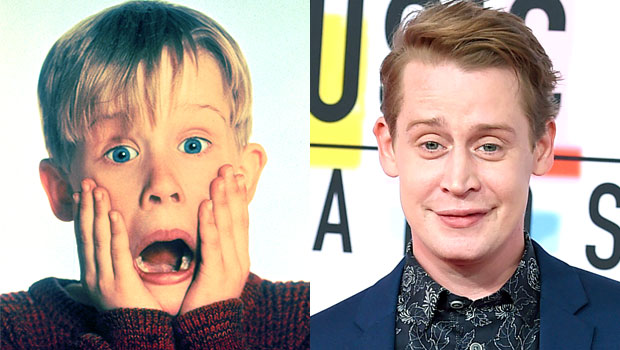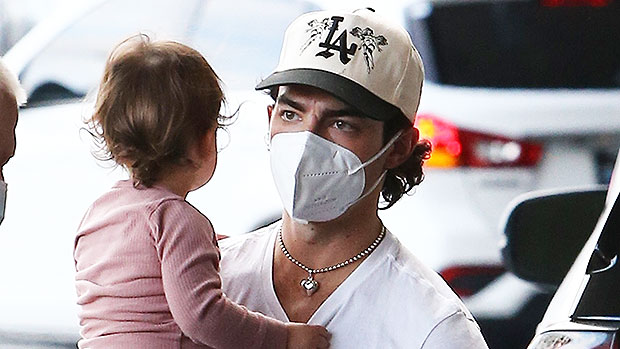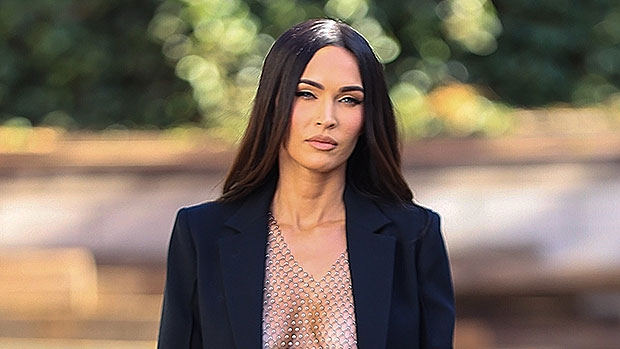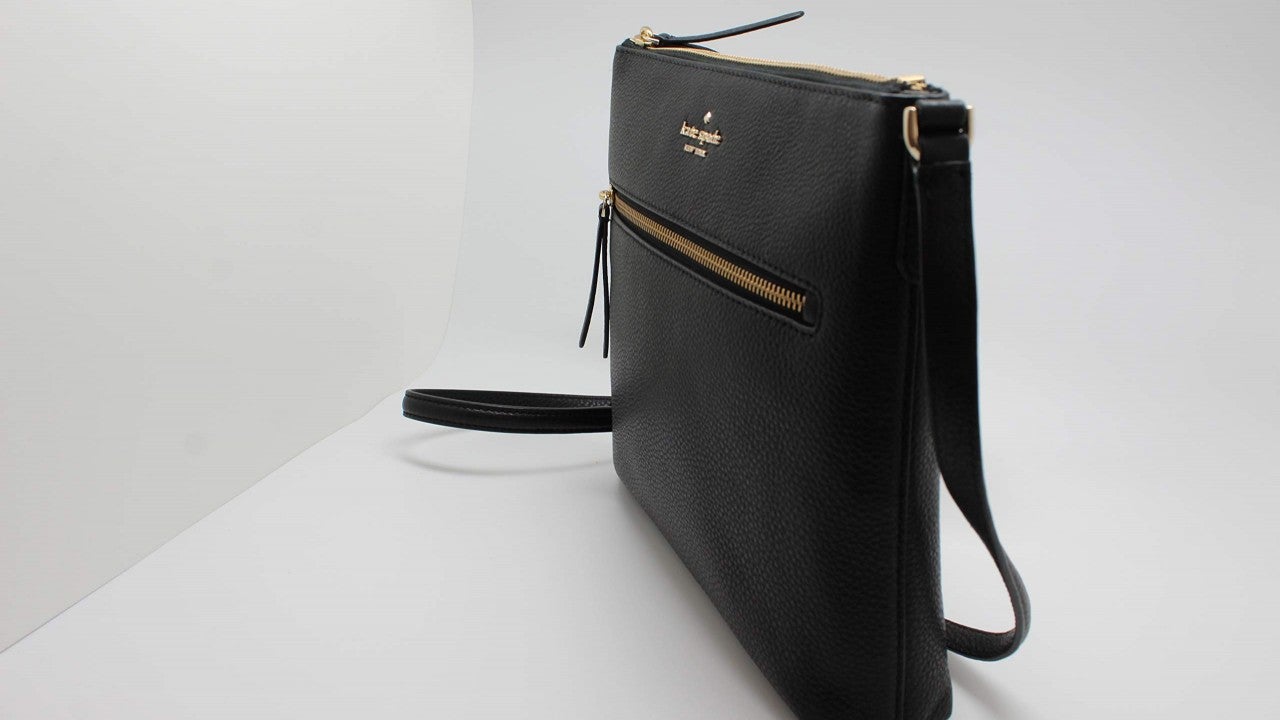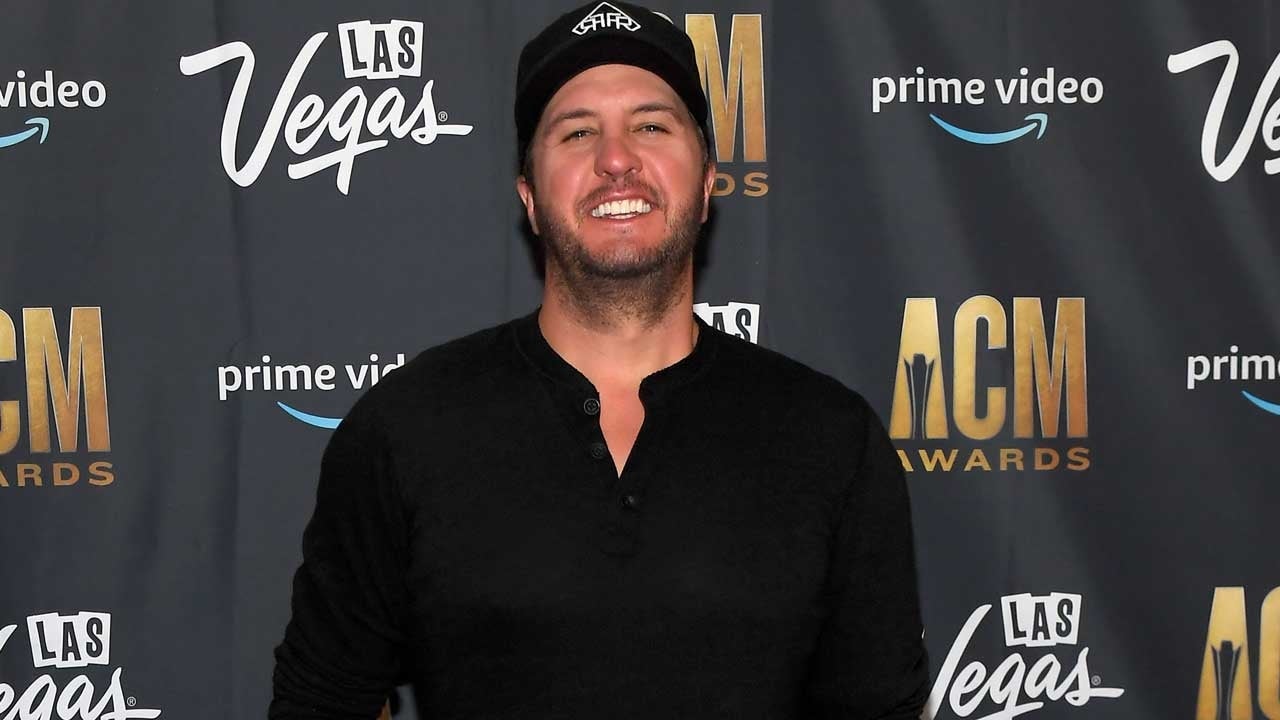TIFF 2022 Women Directors: Meet Selcen Ergun – “Snow and the Bear” (“Kar ve Ayı”)
Selcen Ergun is a director and screenwriter from Turkey. She began her career as an assistant director, working on many national and international productions. Her short films “Confrontation” and “A Sunny Day” have been selected by several international film...
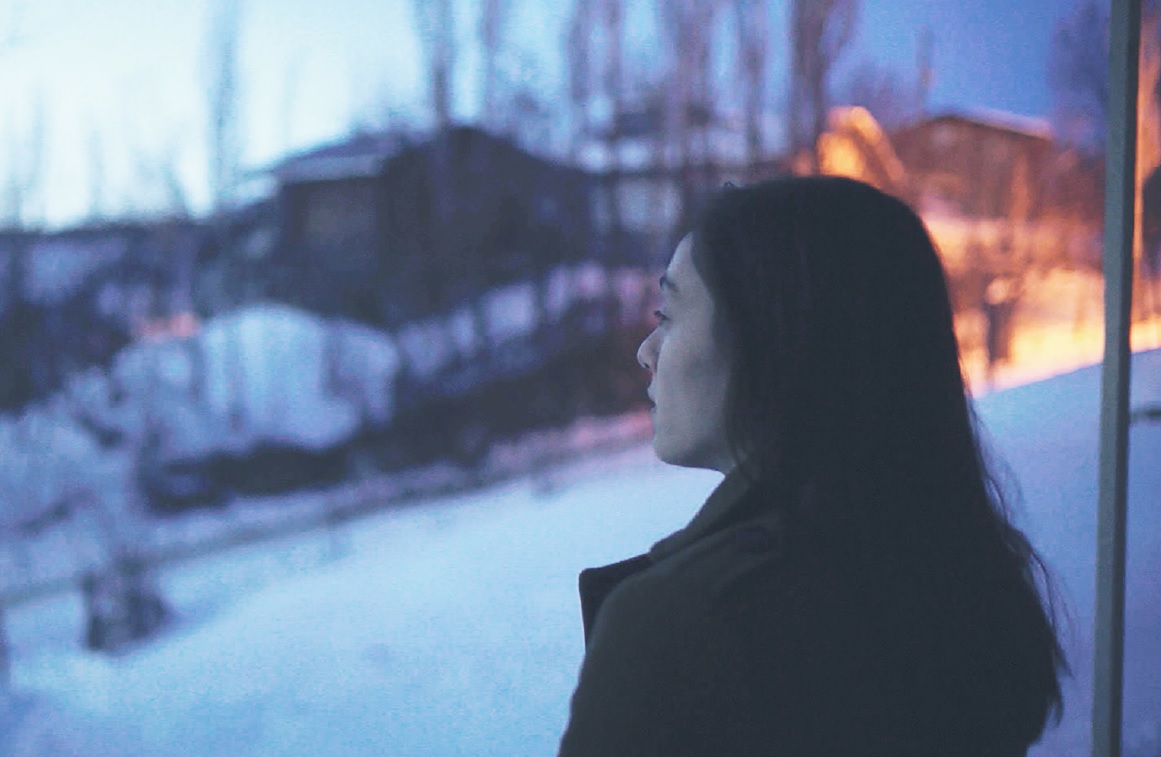
Selcen Ergun is a director and screenwriter from Turkey. She began her career as an assistant director, working on many national and international productions. Her short films “Confrontation” and “A Sunny Day” have been selected by several international film festivals and awarded prizes. Ergun was selected for the Medienboard Nipkow Artist-in-Residency in 2019. “Snow and the Bear” (“Kar ve Ayı”) is her debut feature film.
“Snow and the Bear” (“Kar ve Ayı”) is screening at the 2022 Toronto International Film Festival, which is running from September 8-18.
W&H: Describe the film for us in your own words.
SE: “Snow and the Bear” leads us into the microcosm of a remote Turkish town, increasingly cut off from the world by a harsh winter which doesn’t come to an end, in an almost surreal way. Rumor has it that the bears have risen early from their winter-sleep and killed some animals around. Though no one has really seen them, people are afraid that they will come to the town soon.
Aslı is a young nurse who has been appointed here recently for her obligatory service. One cold night, a man from the town goes missing. In this small town, where the biggest problem for the gendarme prior to the incident had been bats haunting the police station, the sudden disappearance of a man creates all sorts of rumors. Step by step, Aslı finds herself in the middle of a whirlwind of power relationships, secrets, and doubts.
It is the story of a young woman who has to find her way in a rural society conditioned by the patriarchy. It is the story of her confrontation with the unknown, doubt and guilt, and her crash-course in discovering a side of her that is as tough as the winter itself.
Setting all this in the cold counter-fairy tale atmosphere of an isolating, overwhelming winter, I am interested in exploring the limits that one would overcome when looking for a way out of entrapment.
W&H: What drew you to this story?
SE: This story is the reflection of a core feeling that I have been experiencing increasingly as a young woman, on a very daily basis, for a long time: the feeling of living under constant pressure, which is not fully visible but which surrounds us like heavy air, the perpetual feeling of not being safe — which many people consistently face in various places on earth to different extents. On the other hand, [as I’ve] confronted this more and more, I have also realized that I’m stronger than I thought before. In this film, I wanted to explore all these feelings of fear, confinement, struggle, and hope, in the microcosm of a small isolated town where they become more tangible.
I can say this film also reflects my feelings about nature, my contemplation about the way we, as humans, treat nature and all of its creatures.
W&H: What do you want people to think about after they watch the film?
SE: I believe that a film becomes a self-existing entity that communicates by itself after meeting with its audience. I’m looking forward to see how they will interact. The dynamics that will emerge from that interaction gives me excitement and inspiration for my upcoming films.
W&H: What was the biggest challenge in making the film?
SE: Mainly, the location and the weather conditions were the biggest challenges for us. We needed the strongest winter that we could find and as much snowfall as possible. For that, we chose a high mountain village at the far northeast part of Turkey. During the shooting, there were days that we could not leave the base to go to the village where we were shooting because of snow storms and frozen roads. Some nights, we needed to work at less than -30 degrees. We shot some scenes under strong snow storms.
However, I’m grateful for all these challenges since these also enabled us to create the unique atmosphere of the film. I’m also grateful for the actors who took this challenge with me and for our cinematographer, Florent Herry, and all the technical crew who did their best in these very harsh shooting conditions. The technical crew made everybody feel safe, no matter what. Florent’s ability to make very difficult and complex shots simple, rendered many things doable even under these difficult circumstances.
W&H: How did you get your film funded? Share some insights into how you got the film made.
SE: The film as a project first got the best project award at the Meetings on the Bridge platform at Istanbul International Film Festival, and was then selected to be developed at the Berlinale Talents Script Station in 2018. I was also selected for the Medienboard Nipkow Berlin Artist-in-Residency in 2019. These were the green lights for me to pursue this story until the end.
Since we decided to make this film as an international co-production from the beginning, we were aware of the fact that the process of funding would possibly take longer. But this gave me the chance to develop the script and write enough drafts to carry the story and characters to their full potentials.
It has been a long journey, but I’m grateful that I decided to take it. Step by step, we were supported by the Republic of Türkiye Ministry of Culture and Tourism, German-Turkish Co-Production Development Fund, TRT, Filmförderung Hamburg Schleswig-Holstein, Film Center Serbia, and finally, by Eurimages. So this film and its intimate story set in a small isolated community owes its existence to a collaboration on an international scale. It was edited in Hamburg, color-graded in France and Turkey, music scored remotely in the United States, and the sound design was made in Istanbul.
W&H: What inspired you to become a filmmaker?
SE: [During my] teenage years, I was writing some small stories just for myself. Then I discovered my father’s precious manual photo camera and started to photograph everything around me.
[During my] university years, while I was studying design, I was spending a lot of time in the darkroom, processing the photos I shot and printing them. I was also attending some acting classes, not because I wanted to become an actress, but the dynamics of acting were very intriguing for me. And during this period, my interest in all these different areas came together. I discovered that this was what I wanted to do, started writing and directing short films, and then I decided to pursue an MA in directing and scriptwriting.
But I think everything started when I was making up bedtime stories for myself as a kid.
W&H: What’s the best and worst advice you’ve received?
SE: The best advice was to write a good story, an honest one that you really believe in and that you feel in your cells, and sooner or later, that will bring the right people on board, one by one.
I think I have a very good capacity to ignore bad advice and delete it from my memory, so I don’t remember what was the worst.
W&H: What advice do you have for other women directors?
SE: Above all, I believe that perseverance is what is most important when you are making an independent feature film, especially if it’s a first feature. I think each film’s development has its own pace and own dynamics. What a director can do is do her best to give what a story deserves, both in terms of time and energy.
For me, the key is being stubborn enough to be able to continue but also being flexible enough to get the best out of what comes your way during the journey.
W&H: Name your favorite woman-directed film and why.
SE: Most of my favorite films are directed by women. For the most recent one, I can name “On Body and Soul” by Ildikó Enyedi. Partly because it is a contemplation on some subjects that I have been thinking about as well for some time. And also I’m really impressed by the magical, soulful, delicate visual storytelling in this film, using all the elements of cinema in a subtle but moving way.
W&H: What, if any, responsibilities do you think storytellers have to confront the tumult in the world, from the pandemic to the loss of abortion rights and systemic violence?
SE: Storytelling is a medium for human beings to express, communicate, and make sense of their collective and personal experiences. Especially in complicated times like this, we need this kind of collective contemplation more. Stories have the ability to make people feel that they are not alone. That can make you feel stronger.
Like in the last few years, more and more women scriptwriters and directors have created the chance to tell their own stories, inspired and supported by each other. I would like to see this not as a tendency, but as the first steps towards the elimination of a strange imbalance that has existed for a long time. However, there is still a long way to go.
W&H: The film industry has a long history of underrepresenting people of color onscreen and behind the scenes and reinforcing — and creating — negative stereotypes. What actions do you think need to be taken to make Hollywood and/or the doc world more inclusive?
SE: People from every stage of the production process and from every branch of the task distribution need to take steps in their own field to balance this inequality and prevent negative stereotypes. Of course, ones who are in the decision-making positions have more responsibility to do this.

 UsenB
UsenB 








